It is hard to properly express my excitement at receiving the Audio-gd R2R-1 FPGA PCM/DSD DAC for review. It is no exaggeration to say that it is the culmination of what I have been looking for in a DAC since I first became involved with the Personal Audio community seven years ago, that is to say, an FPGA R-2R ladder DAC that will decode DSD with a Current-Mode analog stage and Current-Mode output to a Current-Mode amplifier, and to be honest the R2R-1 has not disappointed.
I hear you saying, “what does this all mean (at least that is what I would be saying)?” To start with, there are two types of DAC used in high-fidelity digital audio, multi-bit PCM (Pulse Code Modulation) and single-bit Sigma-Delta (also referred to as Delta-Sigma). The most common digital music recording is PCM and oddly enough the most common type of DAC is Sigma-Delta because for whatever reason Sigma-Delta DACs are cheaper and easier to manufacture and are able to decode PCM. The caveat here is as the likes of Mike Moffat would be quick to point out Sigma-Delta DACs have lower fidelity (are less accurate) when it comes to PCM, because of the way PCM works. There are two factors to PCM, bit-depth and sample rate. Sample rate determines frequency (bandwidth) and bit-depth determines amplitude (dynamic range). So in a 24-bit/192kHz recording, there are 192 thousand samples per second, each containing 24 bits (either a 1 or a 0) each bit having half the value of the previous, and all the bits taken together determine the amplitude of the sample. In a Sigma-Delta DAC, each bit is treated as a separate sample and this add a bit / subtract a bit only approximates the PCM sample.
Which brings us to the R-2R (resistor ladder) DAC, a form of PCM DAC involving an array (ladder) of resistors to represent the different bits in the PCM signal. The difficulty of the R-2R DAC is that each resistor has to be exactly half the value of the previous in which due to something called quantization, even the smallest error has huge effects, but the advantage is “(1.) R-2R will not convert the clock signal into the output signal. (2.) R-2R is not sensitive to jitter while Delta-Sigma DA is much more sensitive to jitter. (3.) The output signal is much more precise compared to Delta-Sigma DA .” (Quoted from Audio-gd for accuracy’s sake)
The real trick is getting the ladder DAC to decode Sigma-Delta files (DSD). DSD is a lot more analog way of encoding sound digitally, each bit either makes a sound or doesn’t, think of a playing card in a bicycle wheel (with 2,822,400 spokes moving at one rotation per second) if you remove the correct spokes you can make music (they have actually done this with some roads using the car’s tires as a decoder). It just doesn’t lend itself to the ladder DAC concept (or any PCM DAC for that matter). How Audio-gd does it, I don’t know, but they do manage it and spectacularly.
As to the FPGA (Field Programmable Gate Array), I believe some form of Gate Array is necessary to execute a ladder DAC, but in general, FPGAs have been used to preprocess the digital signal to create more accurate and musical sine waves (Chord and PS Audio come to mind as the major success stories in this application) and Audio-gd is likewise using the field programmability to tailor the sonic profile of the R2R-1.
And finally the Current-Mode analog stage, I have always contended (going back to the ‘80s) that the analog stage is the most important part of a DAC. A perfect DAC with a mediocre analog stage will sound mediocre at best, while a mediocre DAC with an excellent analog stage can sound wonderful. While I remain a huge tube fan, a properly executed Current-Mode amplifier is probably the most pure form of amplification.
Audio-gd R2R-1 FPGA PCM/DSD DAC:
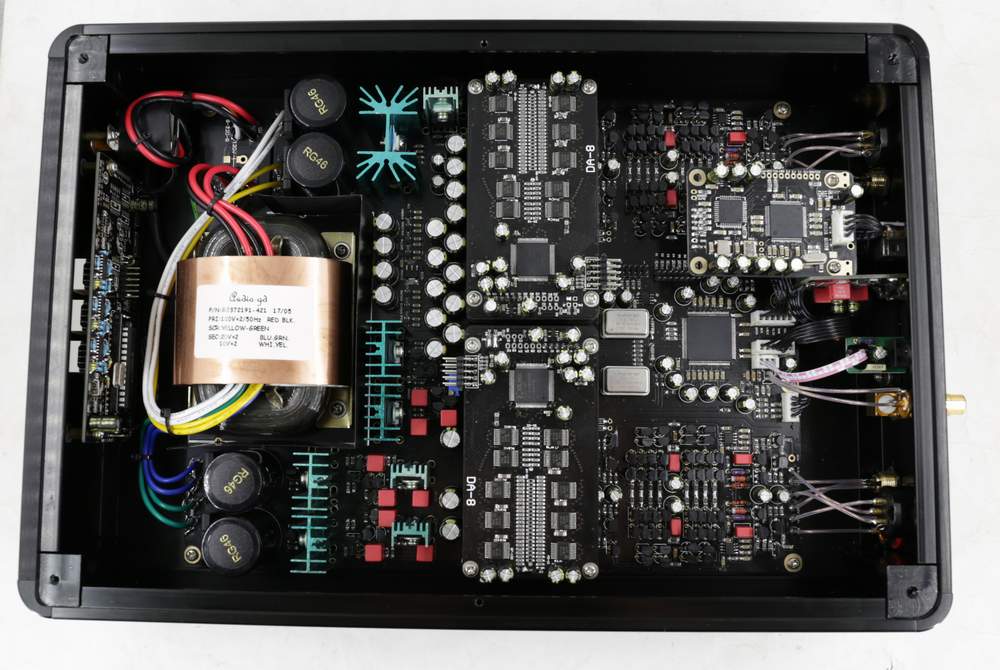
To get to the nuts and bolts of the Audio-gd R2R-1 I’ll quote from the Underwood HiFi page directly: “The R1 is an R2R full discrete DAC that uses 8 groups fully discrete R-2R DA modules to combine into a real balanced push/pull decoder. it also uses 4 group fully discrete real balanced DSD native decoders. It uses a fully discrete real balanced current transmission design. Jitter is kept ultra low by using dual ultra high frequency 90/98 MHz Accusilicon 318B femtosecond clocks to a provide synchronous clock for the whole unit without using a PLL up-frequency. The R1 works up to 32bit/384K with DSD512 asynchronous USB transfer thru the Amanero 384 FPGA synchronous clock. The entire whole digital circuit is built with single FPGA and 5 CPLD programmable chipsets to separate the different configured circuits to avoid interrupting the data stream process in parallel mode. The unit supports firmware updates future sound quality updates and all digital process mode settings are accessible by buttons on the front. In an R2R ladder DAC the unit switches resistors in parallel mode. An ultra-fast FPGA controls and corrects the R2R ladder. This parallel design mode controls every bit respectively and therefore achieves unprecedented performance. In parallel mode only 1 clock cycle is needed to output all the data so sonics are improved and the output is more analog like. After the D/A conversion by the R2R D/A modules the analog signal is transported by fully discrete matched-transistor output stages. The R1 DAC uses high quality low noise, low flux leakage, R-cores transformers to supply all digital parts and the left and right analog boards. There are in total 13 ultra-high speed and ultra-low noise power supplies built in and double stage PSU technologies are used to remove power supply voltage fluctuations.”
Because of the complexity of the issues involved I am going to further quote from Audio-gd’s page on the R2R-1 (only correcting for the occasional grammatical hiccup) rather than paraphrase:
“Accuracy of the ladder resistors (tolerance):
Many people believe the tolerance of the resistors in the ladder is most important to reach best performance. Nowadays 24 bit resolution is standard. What tolerance is needed to achieve 24 bit resolution?
When we look at 16 bit the tolerance of 1/66536, 0.1% (1/1000) is by far not enough, even a tolerance of 0.01% (1/10000), the best tolerance available in the world today, still cannot handle a 16-bit request correctly; we are not even calculating 24 bit here!
The tolerance of the resistor will never solve the Imperfections of a ladder. This would require resistors with a tolerance of 0.00001% to handle 24 bit resolution. Even this is only in theory because the discreteness of the switch logic chips already has too much internal impedance that will destroy the impossible tolerance of the resistor.
The solution is to correct the ladder and not only depend on the tolerance of resistors. It’s a combination of both: Ultra-low tolerance resistors controlled by a correction technology using a very high speed FPGA are critical to our design.
The Importance of the FPGA in the R2R 1:
The internal hardware design is fully controlled by complex software. A huge advantage to this is the fact that the software in the FPGA can easily be upgraded offering new features or improvements to the performance. Such design is very flexible and future-proof!
FPGA tasks in the R2R 1:
The FPGA in the R2R 1 is responsible for:
1. High-performance SPDIF interface, replacing traditional poor-performing SPDIF interface chips like DIR9001, WM8805, or AK411X, etc.
2. Full re-clocking process with FIFO design applicable on all inputs. This way the output data keeps fully synchronized with the clock signal to reject any jitter.
3. Built-in 2X, 4X, and 8X oversampling and digital filters and on top of this 4 different true NOS (non oversampling) modes (only analog 6dB filtering). Allowing you to completely configure it to your liking!
Fully discrete real balanced output stages:
The signal’s last stage is the analog output stages, which can very much affect the whole DAC sound quality.
After D/A conversion by the R-2R D/A modules, the analogue signal is transported by fully discrete matched-transistor output stages employing a DC-coupled design with first-class through-hole components. No SMD (Surface Mount Devices) components are applied. The high-speed special ACSS output stages are non-feedback and current-driven design.
This is special because almost all other designs need to convert the signal multiple times from and to current or voltage, resulting in less detail and poorer staging.
The output buffers are single-ended FET with two stages in parallel to reach a very low output impedance. All output stages are pure Class A design without any (negative) feedback to achieve the purest realistic live sound reproduction.
The 4 OPA opamps are functioning as DC servo, this way no coupling-capacitors are needed, and the DC output is automatically biased resulting in a perfectly neutral sound.
There are no relays or other switches in the signal path after the DA modules to ensure the best and purest sound quality.
Heavy multiple power supplies design:
The DAC uses high quality low noise, low flux leakage, R-cores transformers to supply all digital parts and the left and right analog boards.
There are in total 13 group ultra-high speed and ultra-low noise PSUs built-in employing double-stage PSU technology to remove power interrupts, providing cleaner power supply.”
The chassis design, identical to the NFB-1 reviewed earlier, is milled aluminum (black) with rolled corners, long rather than wide (W 240mm X L360mm X H80mm) with a good-sized fluorescent display on the front panel bounded by three push buttons (aluminum) underneath (Setting, Selector Left/Right) and the power button to the left. Like the NFB-1 the rear panel offers a dual mono design with the outputs on the outside and the inputs in the middle. For outputs, you have standard three-pin XLR Balanced, RCA Single-Ended, and three-pin mini-XLR CAST (Current (Mode) Audio Signal Transmission ) ACSS. (Note: when looking from the rear, left and right are reversed, the same is true for the NFB-1, this is because right and left are oriented for amplifier/speaker configurations which would be aligned from the front.) To the right of the Right Input is the Update Port (using a ten-pin connector, not in the below image), IN4 (RCA & BNC SPDIF), IN3 (TOSLINK Optical SPDIF), IN2 (HDMI), and IN1 (USB), with the power socket in the center under the inputs.

The front Display shows 3 characters. On the right is a number (1-4) indicating which input is selected by hitting the “Selector” right or left buttons. On the left is the Oversampling indicator selectable by pushing “Setting” then either “Selector” buttons and indicates “N” for non-oversampling and “O” for oversampling. When in Oversampling mode, the center indicates the number of times oversampling (2, 4, 8) and is changed by hitting the “Setting” button until it is flashing and then using the “Selector” buttons to choose. When in Non-Oversampling mode the center displays your choice of three filter settings (there is no documentation as to the nature of these filters other than to say to give them a try to determine your personal preference).
Living with the Audio-gd R2R-1 FPGA PCM/DSD DAC:
I wasn’t able to burn in the Audio-gd R2R-1 for the full 500 hours recommended by the manufacturer but I did run it continuously for about three weeks while finishing other reviews. I did use it for my follow-up review of the MANLEY Absolute Headphone Amplifier (published on Head-fi.org) which I acquired recently to use as my reference tube amplifier. I decided to use two setups for my listening test. First, the Audio-gd NFB-1 connected via ACSS (using cables provided by Underwood HiFi) and Cardas Iridium Balanced Interconnects (for comparison purposes) driving HiFiMan HE6se Planar Magnetic Headphones (since the NFB-1 is the best complement to the HE6se that I have heard). And as contrast, the MANLEY Absolute Headphone Amplifier connected via Cardas Iridium Single-Ended Interconnects driving Dan Clark Audio ETHER2 Planar Magnetic Headphones. Cardas Iridium Power Cables and Cardas Clear USB Cables were also employed.

Beginning with the NFB-1/HE6se combination via ACSS with the R2R-1 set to Non-Oversampling mode 3 (which was billed as the most musical setting) I launched Qobuz and listened to several performances of Bach’s “BWV996 Bourrée” (why I did this is a story all in itself).
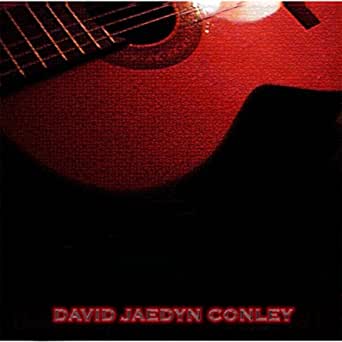
The one impression that rang true through all the different recordings, whether it be acoustic guitar (David Jaedyn Conley – 16-bit/44.1kHz), electric guitar (Chet Atkins – 16-bit/44.1kHz), or lute (David Louis Zuckerman – 16-bit/44.1kHz), was that I was listening to a live musical instrument, not a recording.
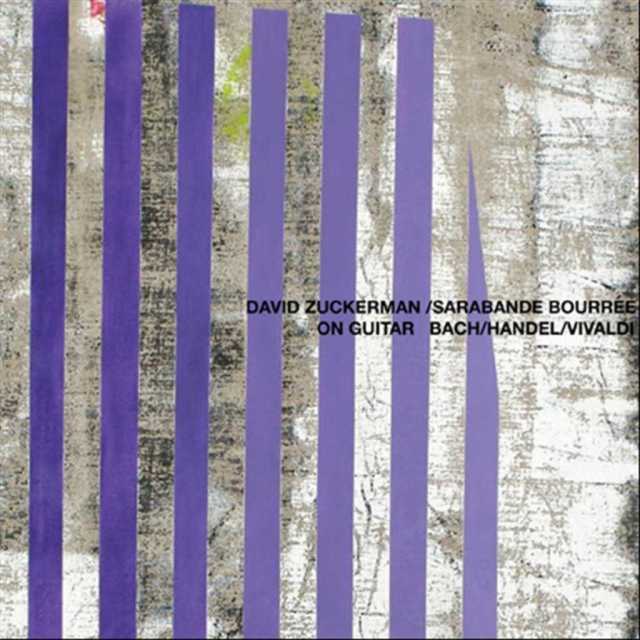
Most impressive was the lute, which was reproduced with the overtones of a large chamber, exhibiting every nuance of the performance from the finger striking the fretboard to the slight squeak of his fingers sliding along the strings to the occasional buzz of the string against the fretboard. The tonality was so neutral that I almost failed to remark upon it.
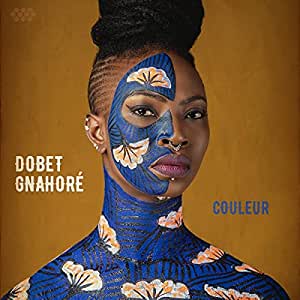
Before moving to my standard evaluation tracks I picked my usual random new release Dobet Gnahoré’s “Couleur” (24-bit/44.1kHz – Qobuz). Musical was the catchword of the reproduction of the blending of acoustic percussion and electric instruments backed by a digital bass drum beat. The vocalists were rendered in an expansive open-air venue.
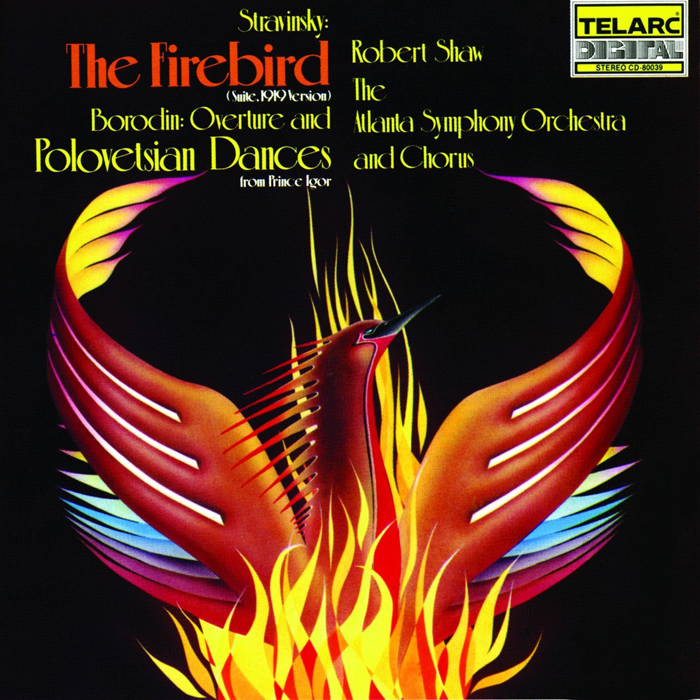
To evaluate resolution, soundstage, imaging, timbre, and tonal balance I chose my 24-bit/96kHz vinyl rip of Robert Shaw and Atlanta Symphony Orchestra’s performance of “The Firebird Suite” (“Stravinsky: The Firebird; Borodin: Music from Prince Igor”). For the first time, I was treated to all of the spine-tingling resolution of the actual record. The soundstage was spacious and three-dimensional and the image was laser-precise with each musician nailed to his spot. The dynamics of the crescendos were impressive and the tympani rolls were clear as to what they were. The timbre and tonal balance were so exact that there was never a question as to what instrument you were hearing, and the overall musicality was such that a fresh excitement was given to a track I have literally listened to hundreds of times.
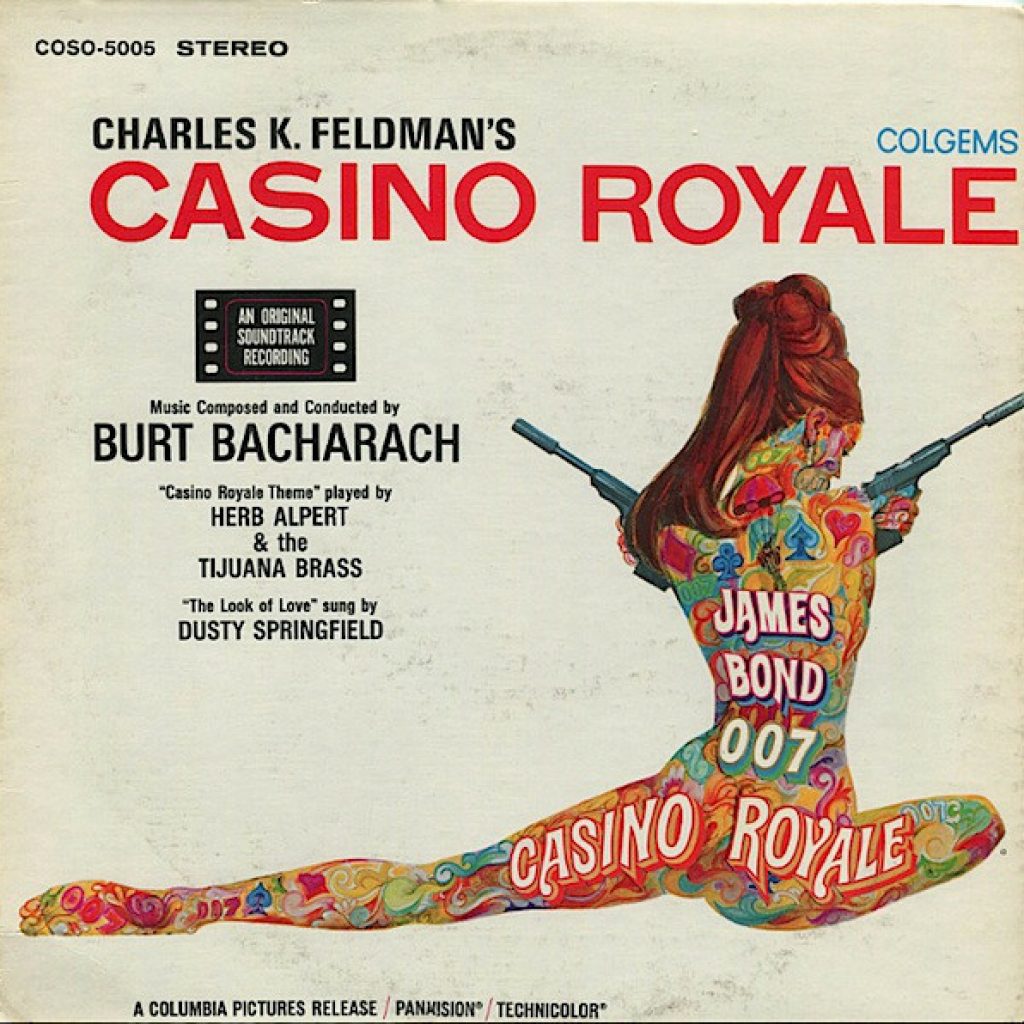
I needed a track to judge the different “mode” settings and the Oversampling options as well as the cable comparison, so I picked “The Look of Love” as performed by the amazing Dusty Springfield and Herb Alpert’s Tijuana Brass (Burt Bacharach –“Casino Royale” – 24-bit/192kHz) since it offers piano, vocal, guitar, upright bass, sax, horns, percussion, and full orchestra hitting a lot of the check points for comparison tests. As expected the current mode connection added a layer of dynamics and musicality with a lowered noise floor. As advertised the Non-Oversampling mode was warmer and more detailed with an overall feeling of greater accuracy with mode 3 being the most musical. And on the counter side the 8 times Oversampling was a bit colder with a slight edge and a corresponding artificial increase is soundstage due to the Oversampling ring though these are subtleties that more cater to preference than degradation. Overall the musicality was epic, with a robust yet Steinwayesk delicacy to the piano, liquid vocals, and a smooth expressive texture to the horns.
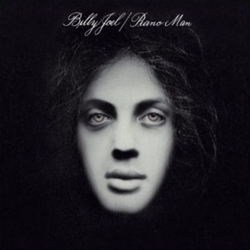
Switching over to the MANLEY/Dan Clark Audio system it was time to explore DSD so I pulled up “The Ballad Of Billy The Kid” (“Piano Man” – Billy Joel – DSD) since piano is my instrument and the recording offers a lot of instrumentation including full orchestra. The soundstage was expansive, the piano rich and spritely, for the first time I noticed how complex the orchestration for this piece actually is. The cellos and viola had their own melody separate from the violins, in fact, the opening features 8 separate stringed instruments beginning with cello on the left and ending with violin on the right. The bass guitar had real punch and depth as did the tympanis and the drum kit. The horns were smooth and dynamic and you could hear acoustic guitar in the background along with the electric. The harmonica was soulful and sweet as was Billy’s vocal. The best descriptor of this performance was analog, and that is great praise from a vinyl head.
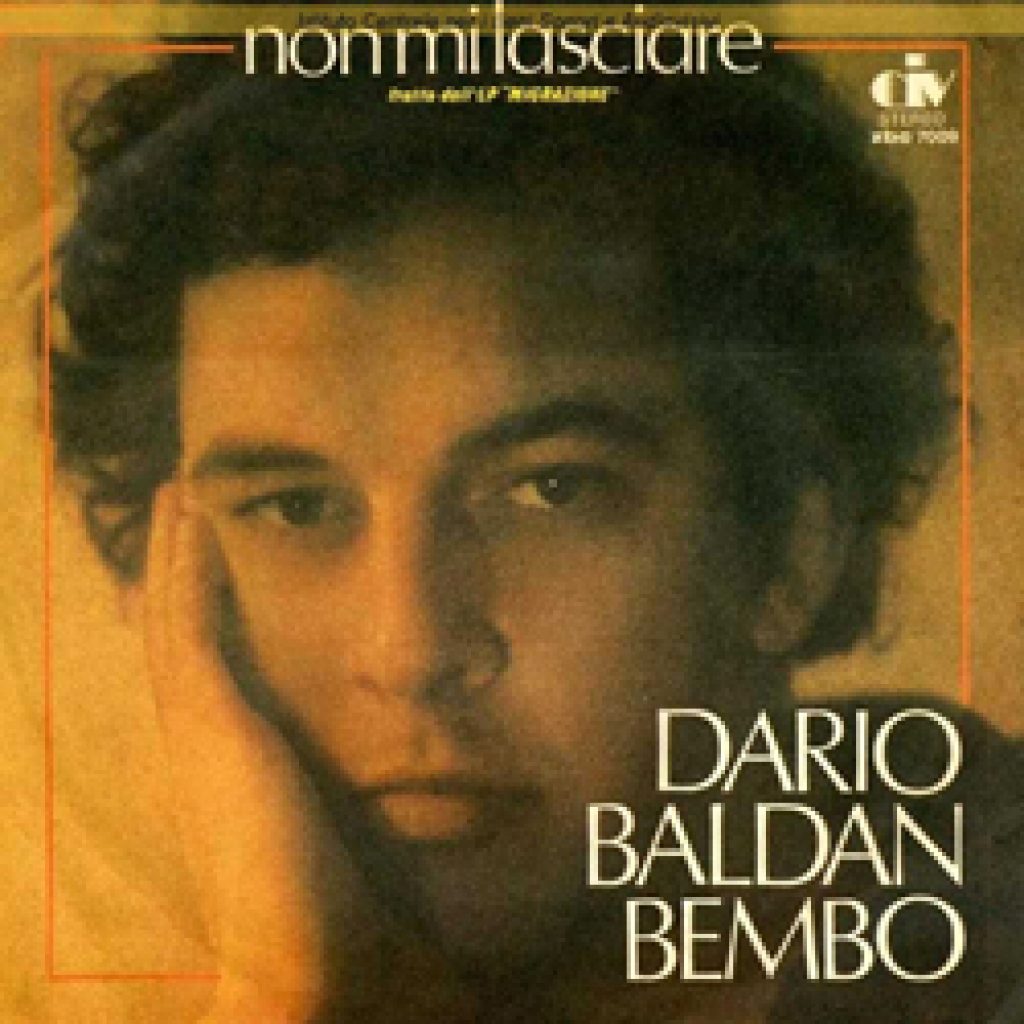
I have probably mentioned this before, but the real test of a DAC is not the high-resolution files but the lowly 16-bit/44.1kHz PCM file, so I cued up Dario Baldan Bembo performing “Non Mi Lasciare” (16-bit/44.1kHz) which is probably my favorite vocal track, not to mention a great sub-sonic test. The Mellotron and synth tracks were easily distinguishable from the actual strings and woodwinds and the sub-bass delved deep into the red. Overall the presentation was honeyed and sweet making even the operatic highs smooth and lovely denoting not only the best reproduction of the track I have heard, but also the best performance from these headphones.
Conclusions on the Audio-gd R2R-1 FPGA PCM/DSD DAC:
As often is the case when evaluating world-class gear, the hardest part is stopping, but all good things must come to an end and they probably want their unit back. I do want to thank Underwood HiFi for lending me the review sample of the Audio-gd R2R-1 and letting me hold onto the Audio-gd NFB-1 to complete this review. To say that the Audio-gd R2R-1 met all expectations would be an understatement, in terms of musicality, accuracy, soundstage, detail, timbre, noise floor, and resolution, it is one of the finest DACs I have heard.
The pairing of the Audio-gd R2R-1 and the Audio-gd NFB-1 via ACSS as one would expect is the optimal combination providing reference quality performance with a large array of headphones (see the Audio-gd NFB-1 review for further detail) for what is relatively speaking an extremely low price (were I starting out from scratch and needed to purchase a DAC and Headphone Amplifier combination, this would be my choice, not to belittle my current reference gear, which I love, the Audio-gd gear is just that good).
Yet, as one might expect, the R2R-1 also pairs up well with other and even rare-air amplifiers like the MANLEY, bringing out the very best in both products even when limited to Single-Ended connections. In fact, the current mode analog section of the R2R-1 makes it ideal for use with tube amps offering the purity of signal that such amps demand.
As one has probably gathered by this point the Audio-gd R2R-1 FPGA PCM/DSD DAC has earned two thumbs up and received my full unqualified recommendation.
Price:$1,199
Manufacturer’s Website: www.underwoodhifi.com/products/audio-gd
Specifications:
| S/N Ratio | >110DB |
Output impedance | <10 ohm (RCA/ XLR) |
Output Level | 2.5V (RCA) 5V (XLR) 2MA+2MA (ACSS) |
| Frequency Response | 20Hz – 20KHz (< – 0.5DB) |
| THD | <0.003% (20Hz-20KHz, Non-Weight) |
| Input Sensitivity | 0.5 Vp-p ( 75 Ohms, Coaxial ) 19 dBm (Optical) USB1.0 – USB3.0 |
Support Operate Systems (USB) | Windows, OSX, Linux, ISO |
| Support Sampling | USB mode and HDMI: 44.1kHz – 384kHz /32Bit USB mode and HDMI: DSD64-256 Coaxial mode: 44.1kHz – 192kHz /24Bit Optical mode: 44.1kHz – 96kHz /24Bit |
| Power Requirement | Version 1: 100-120V AC 50/60 Hz Version 2: 220-240V AC 50/60 Hz |
| Power Consumption | 19W |
| Package Weight | Approximately 5KG |
Dimensions | W240 X L360 X H80 (MM, Fully aluminium ) |
| Accessories | AC power cord X1 USB cable X1 |















Want to join discussion?
Feel free to contribute!